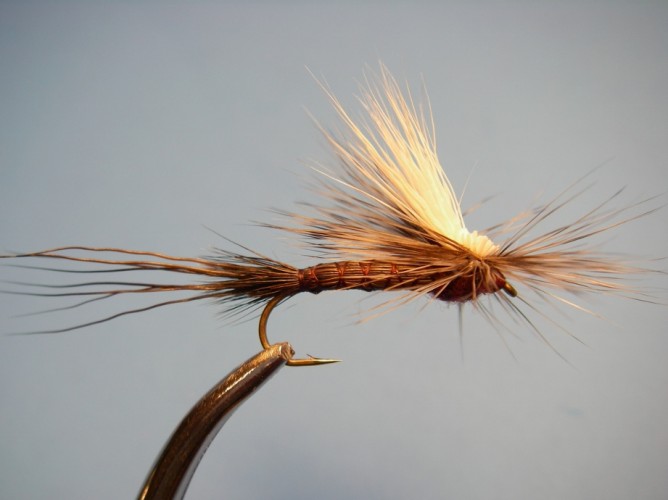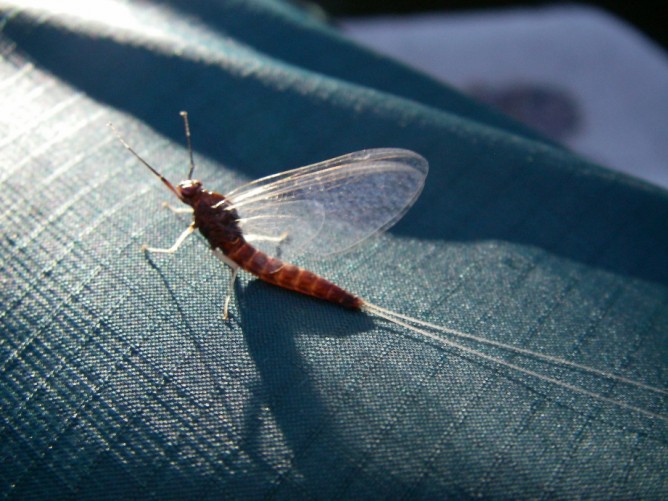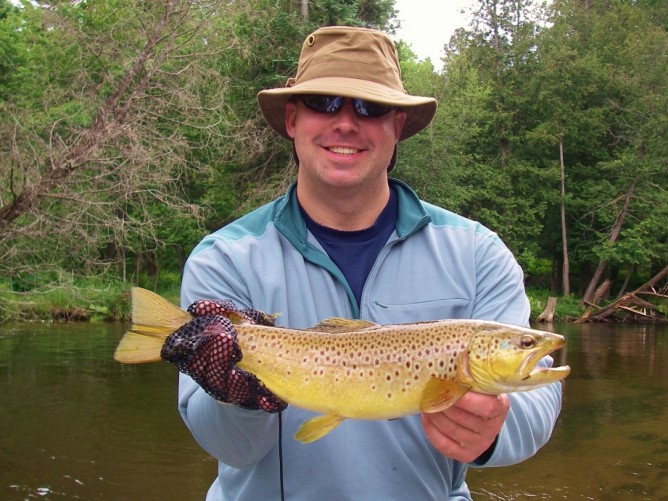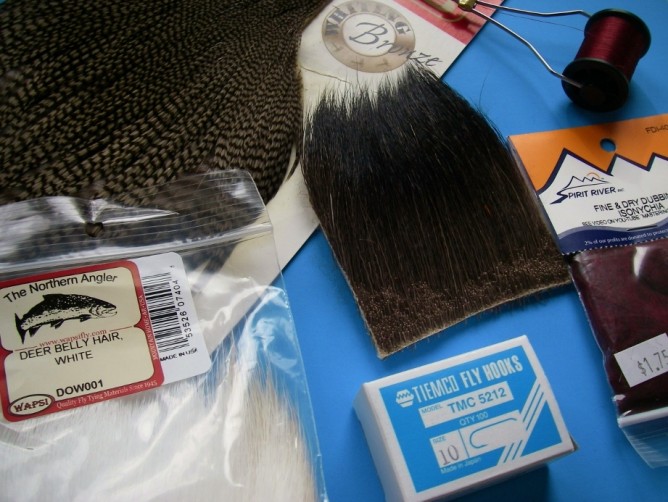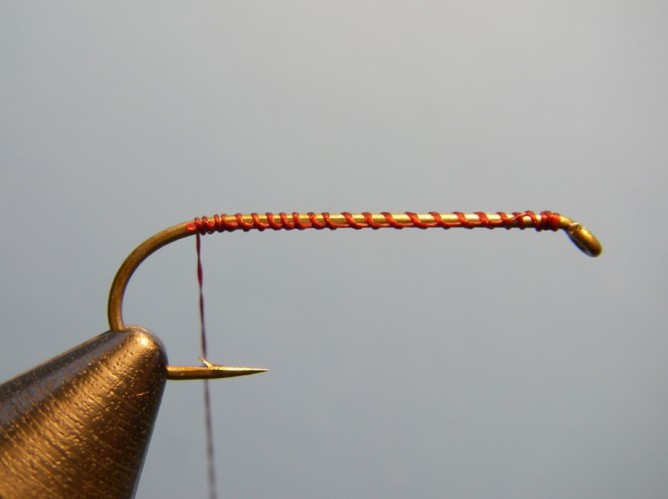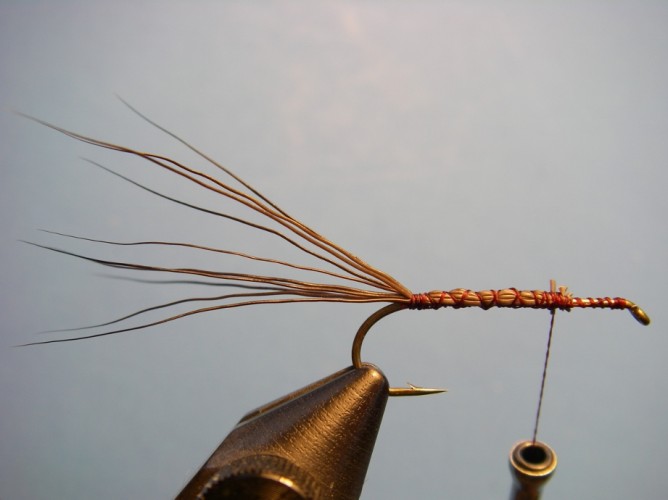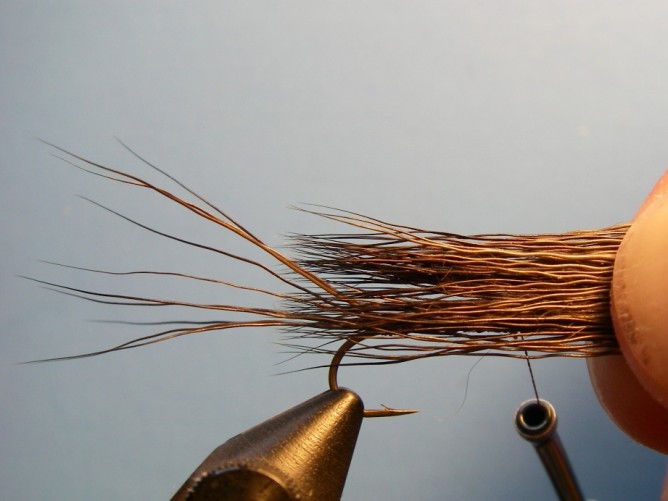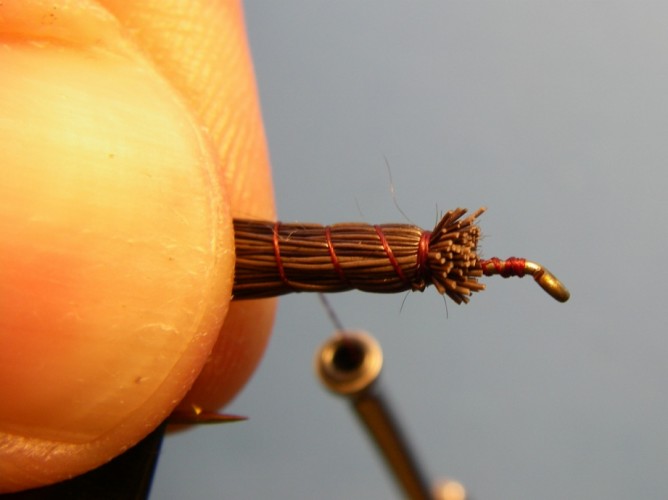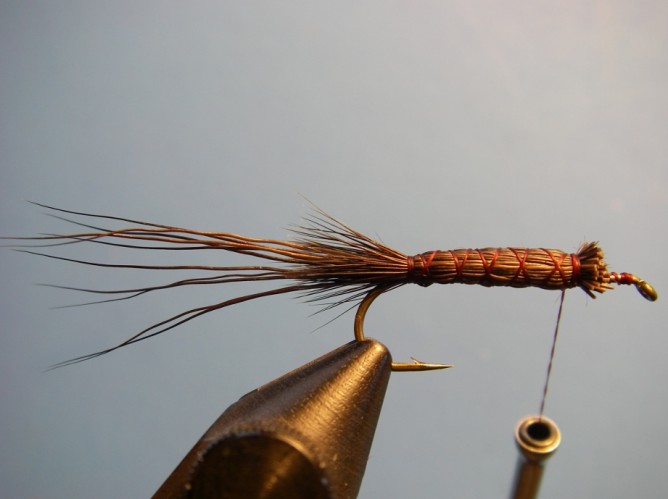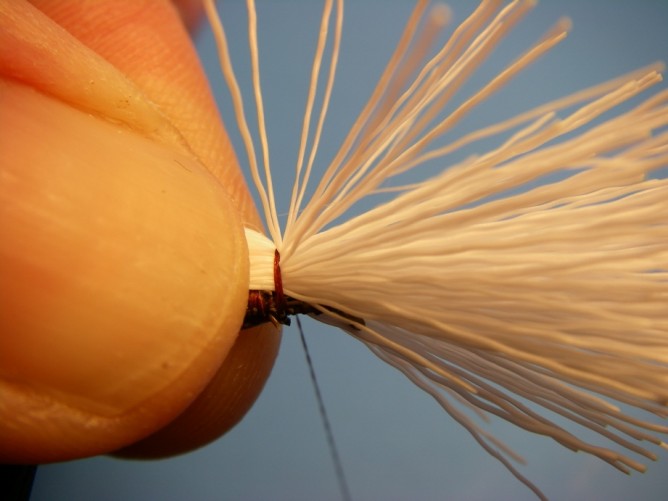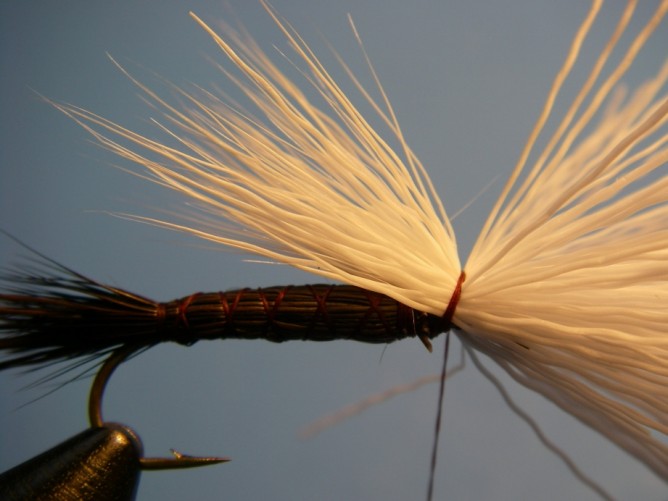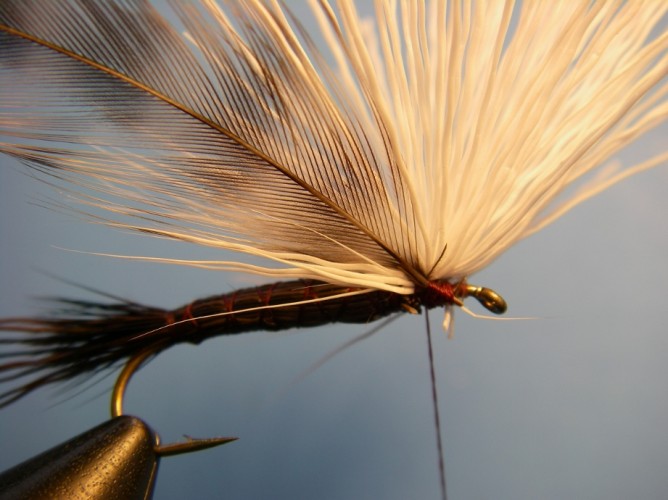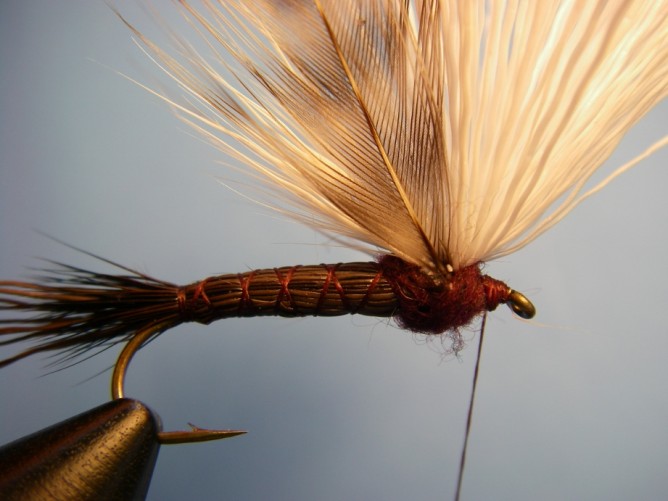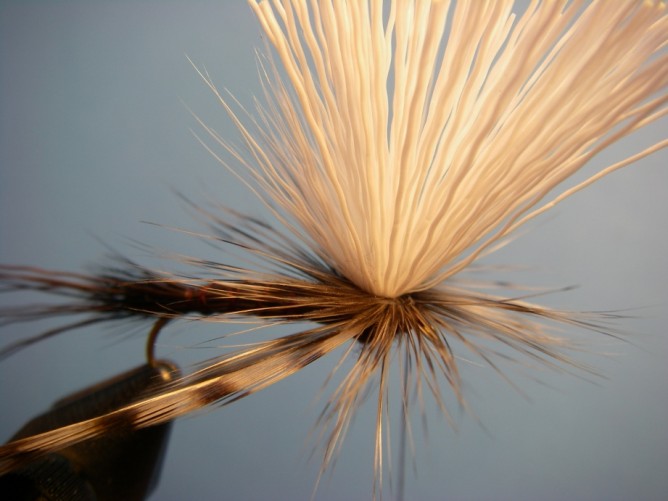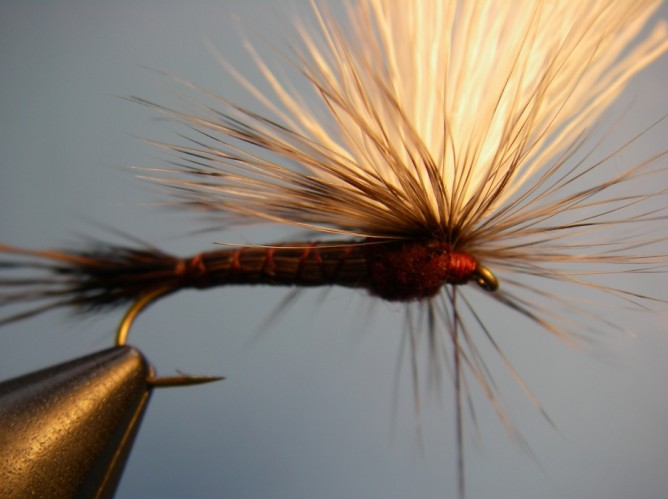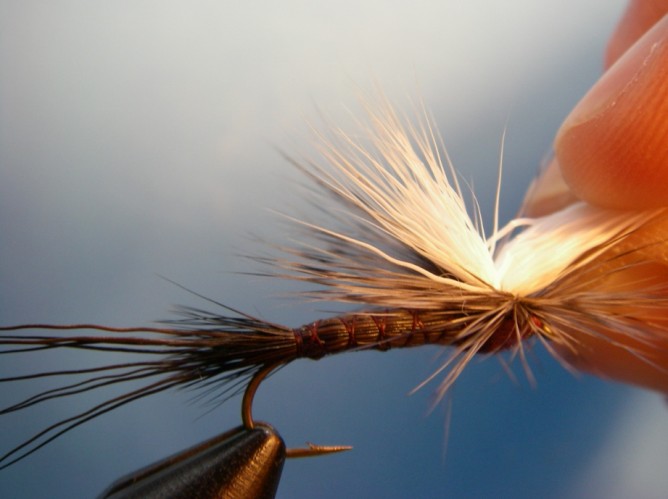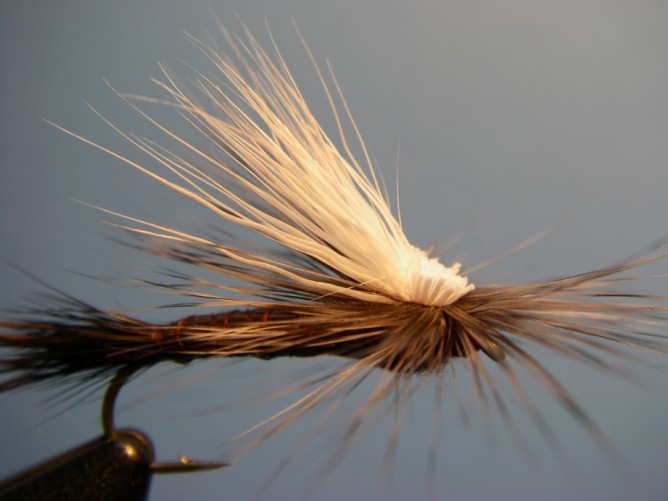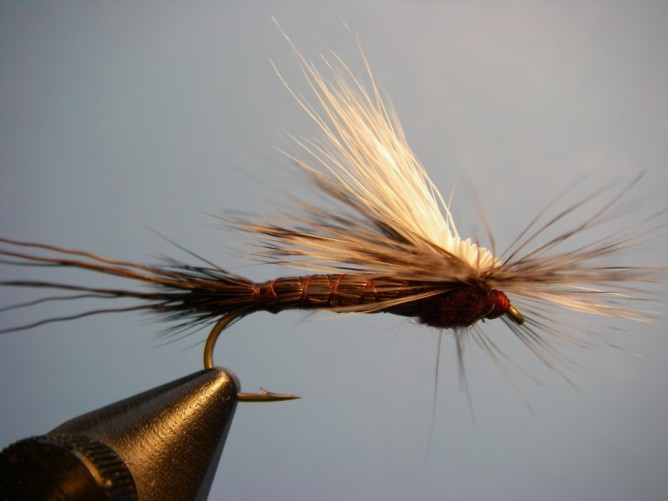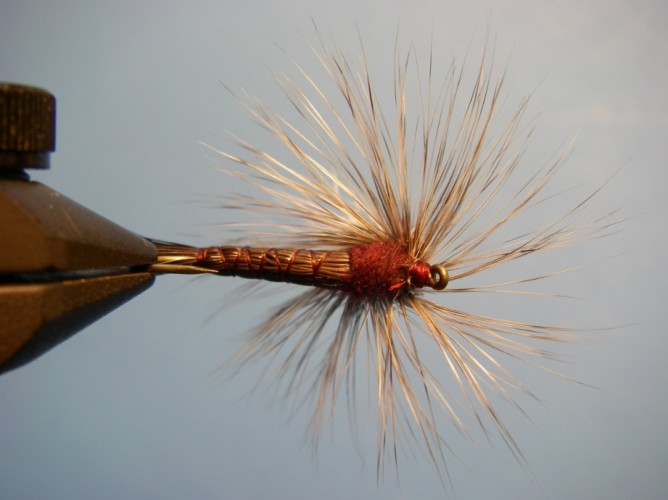It’s mid-December and it feels kind of like mid-November should have. Air temps have increased a little and are forecast to remain that way until early next week. Anglers looking to fish for steelhead are finding fish in the local rivers including the Betsie and Manistee. It sounds as if all rivers have some fish in them as they begin to winter over. Water levels are in good shape for this time of year after rain, snowmelt and a water table that is filled. This is a good time of year to fish with an eye on the forecast.
With the water temperatures in the mid-30s choosing a day with a little sunshine and/or mild overnight temps can have a difference – steelhead and trout do not like significant drops in water temperatures (2-4 degrees). As the fish pretty much get into their lethargic mode look for them in the deeper holes and just off the side into the slower current. Fishing a float/indicator with an egg and nymph combo is one of the best ways to get a drag-free drift to fish residing in that water. Those looking to swing flies are finding that some fish will still play the game – especially when fishing above wooden structure where some fish have taken up residence. As the water continues to drop, look for the window of successful opportunity to get even smaller.
Trout fishing remains strong on the Manistee as fish are eating the streamer knowing that winter is a head of them. Rather than fish the big, heavy sink-tip lines, use some shorter sink-tips to allow you to fish the streamer a little slower in the cold water. When you see a fish come behind the fly be sure to activate it with some shorter strips giving life to the pattern but keeping it an easy target for the brown and rainbow trout.
Good luck.
Ted
The Winter Newsletter just went out – Click here to read and/or subscribe for delivery.
Trout – Streamer fishing on the Manistee into winter an be hot when temps gets cold.
Fall Steelhead– This big fish will continue to offer us a chance until the weather keeps us indoors.
Gift Certificates – Give or ask for a gift certificate; trips or lessons available. Quick & easy holiday shopping
2015 Fishing – It isn’t too early to get your dates booked for next year – now booking for all seasons.

